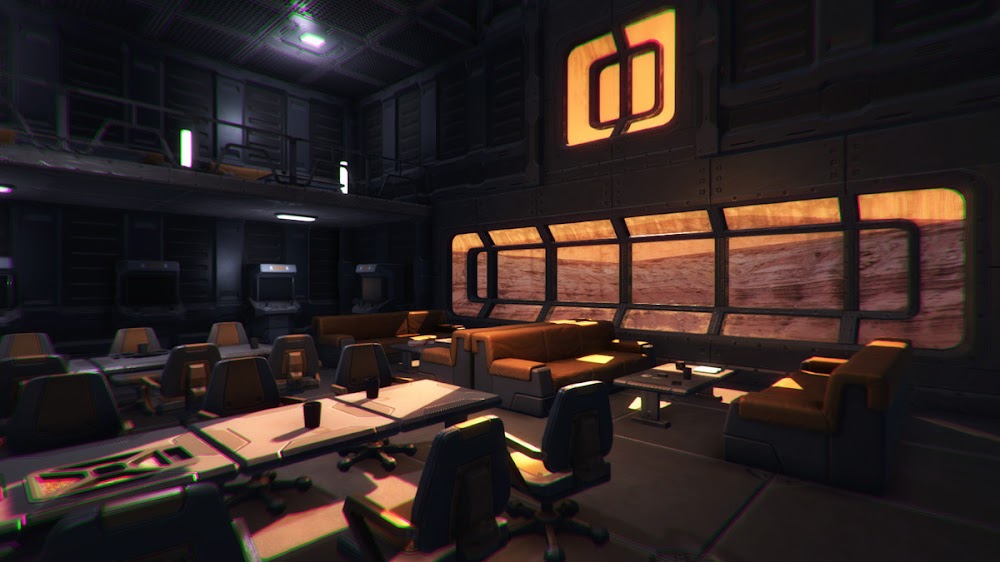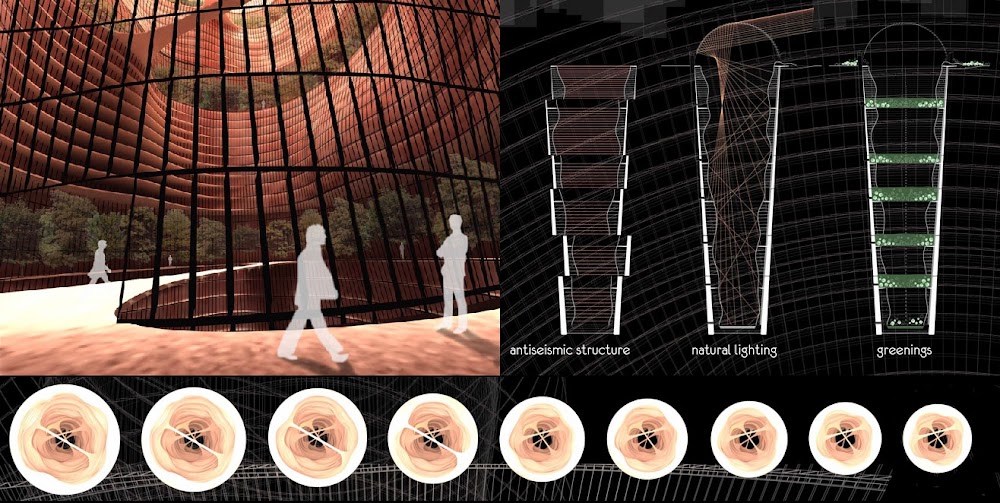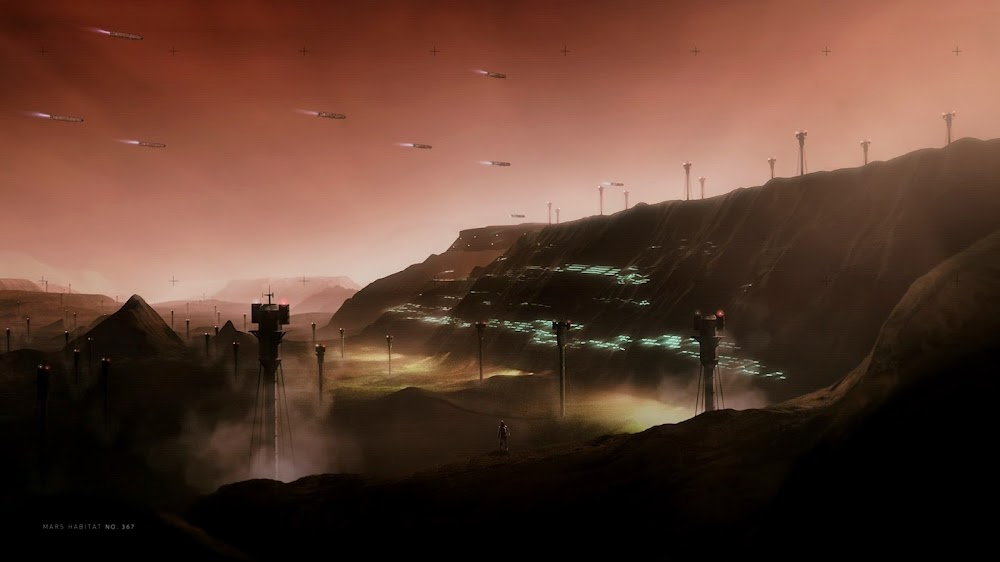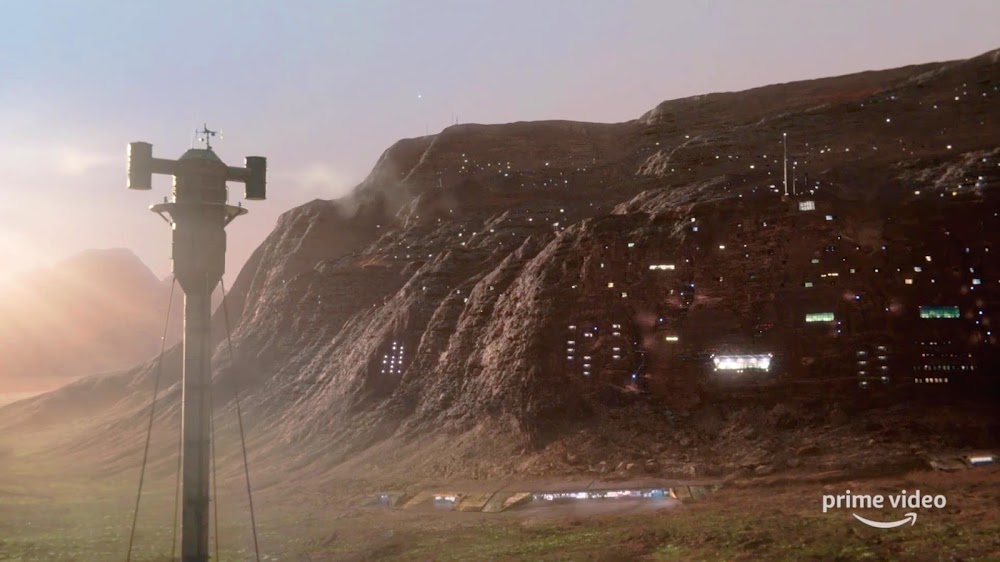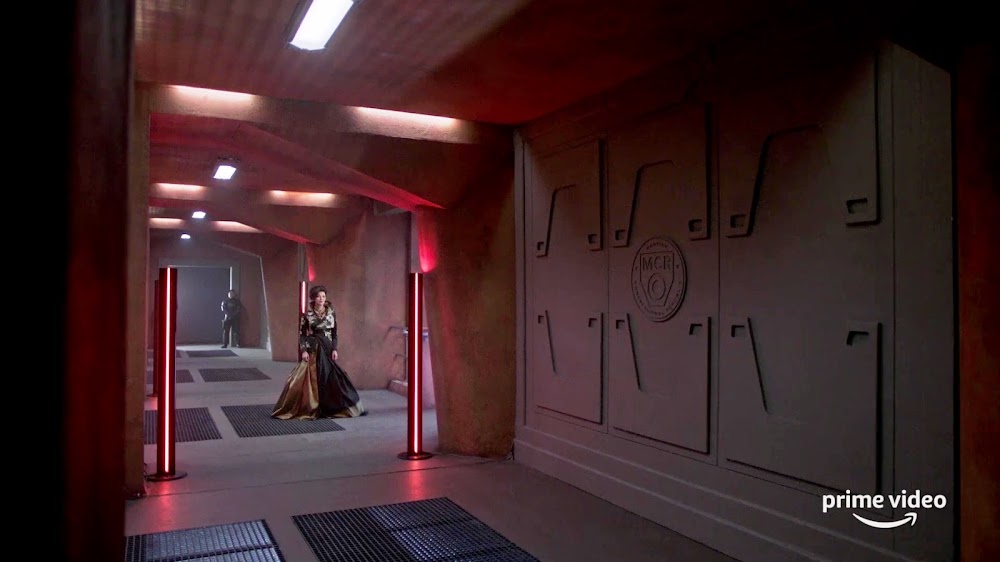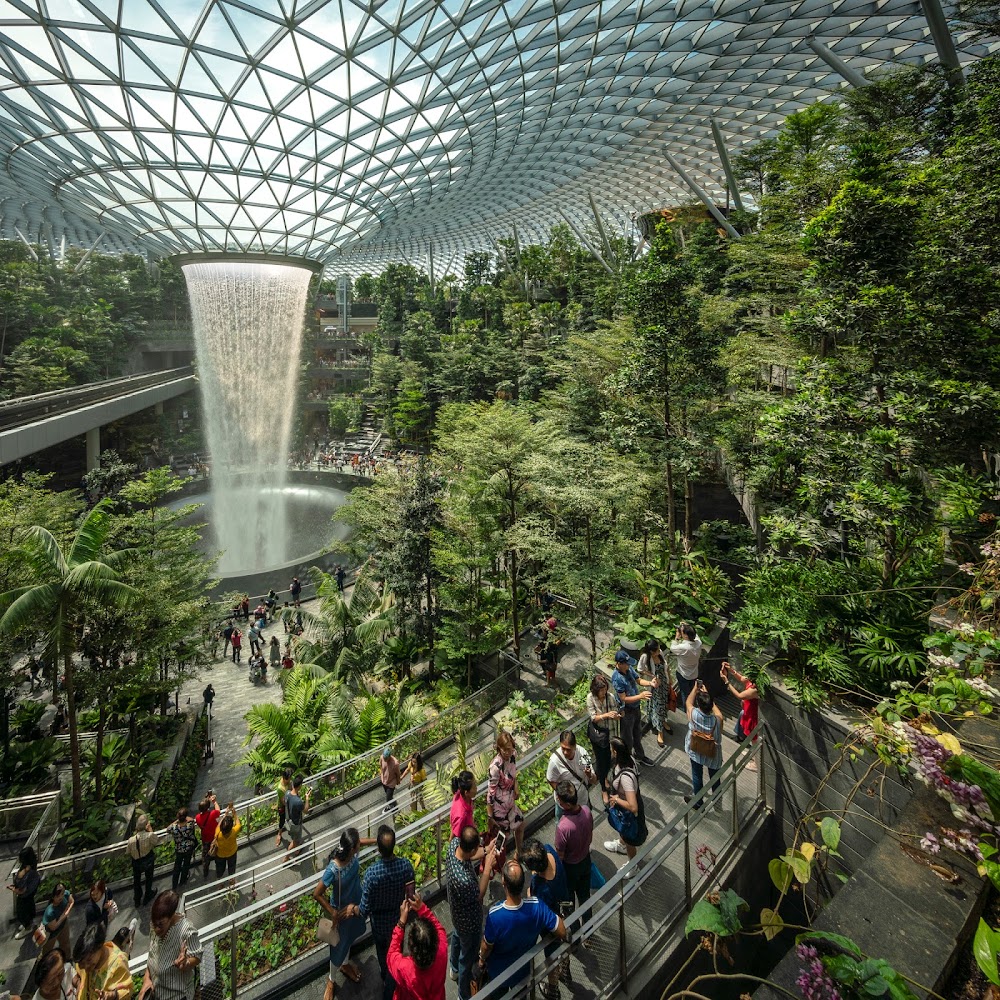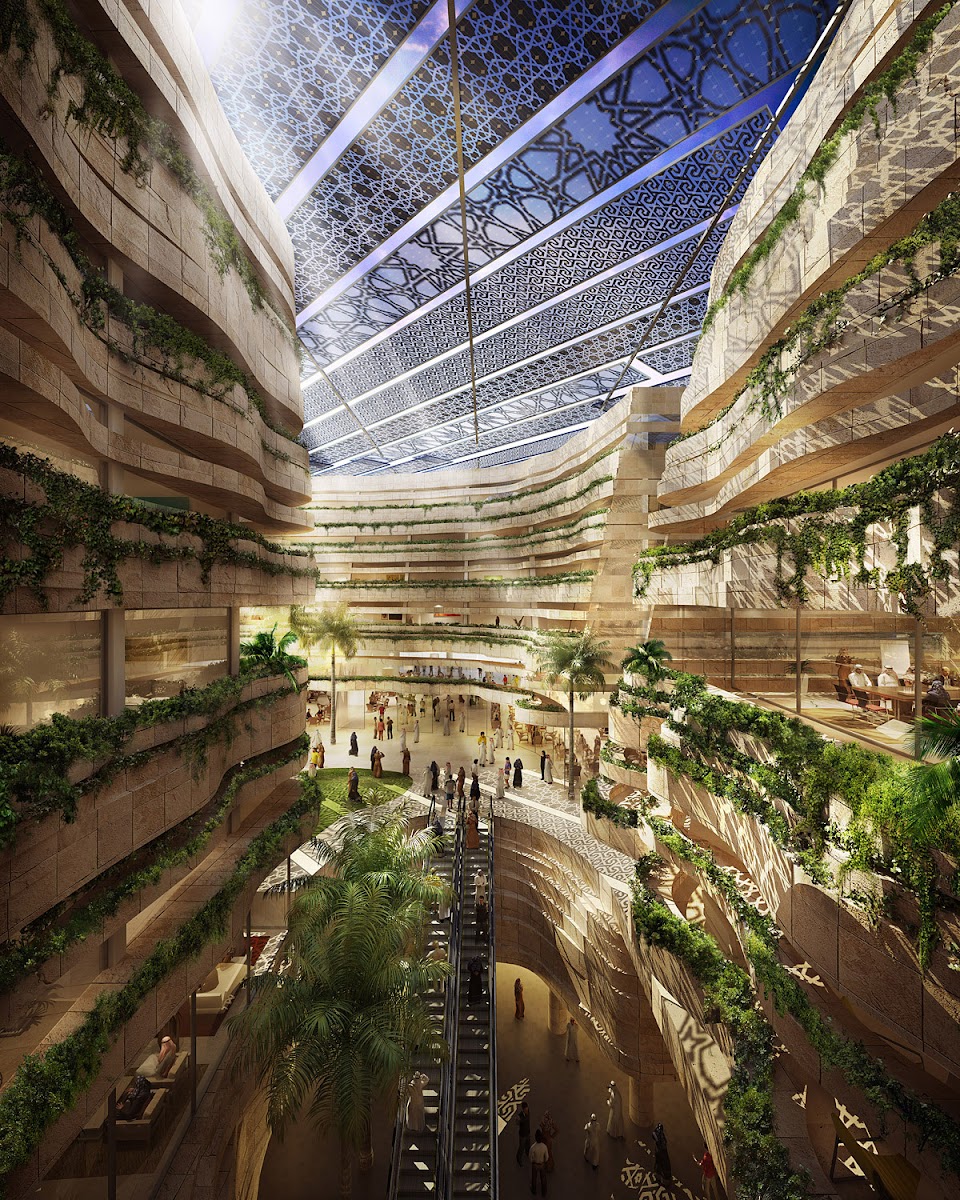The Martian outpost, Trailblazer Alpha, is a meticulously designed, state-of-the-art research facility built by the Orochi corporation to investigate a mysterious signal of intelligent origin detected from Mars. The outpost is a believable blend of scientific realism and eerie desolation, featuring functional areas like a greenhouse, infirmary, research labs, and solar panel arrays, all inspired by real-world Mars mission planning. The environment is detailed with personal touches – photo frames, workstations, coffee machines, and sticky notes – that evoke a sense of lived-in habitation, contrasting sharply with the growing sense of decay and neglect. As Shane navigates the base, he encounters malfunctioning systems, such as a flooded greenhouse filled with strange mist, Martian dust leaking into the infirmary, and alien-like, tentacle-covered vines sprawling across corridors, hinting at an otherworldly presence. The stark, rust-colored Martian landscape outside, with its dust clouds and desolate vistas, amplifies the outpost’s isolation, while the interior’s claustrophobic corridors and flickering lights enhance the feeling of being trapped in a failing, abandoned structure.
Shane, with limited security clearance, is unaware of the outpost’s true purpose and isolated from the broader mission, fostering a sense of disconnection from his colleagues and the world. His team’s absence – unexplained as they fail to return from an EVA mission – deepens this solitude, leaving him to face the outpost’s breakdowns alone. The narrative introduces psychological horror through Shane’s hallucinations and visions, possibly tied to his mother’s mysterious disappearance and his own fragile mental state, blurring the line between reality and madness. Cryptic messages, such as “They Never Turn Away!” scrawled on bulletin boards, and encounters with eerie entities like the “Thing in the Mist” intensify the feeling of being watched yet utterly alone. The outpost’s gradual transformation, with alien growths overtaking its once-functional spaces, mirrors Shane’s descent into isolation, as the environment itself seems to reject human presence.
Here is a collection of images from the game, focusing on depiction of the Martian base:














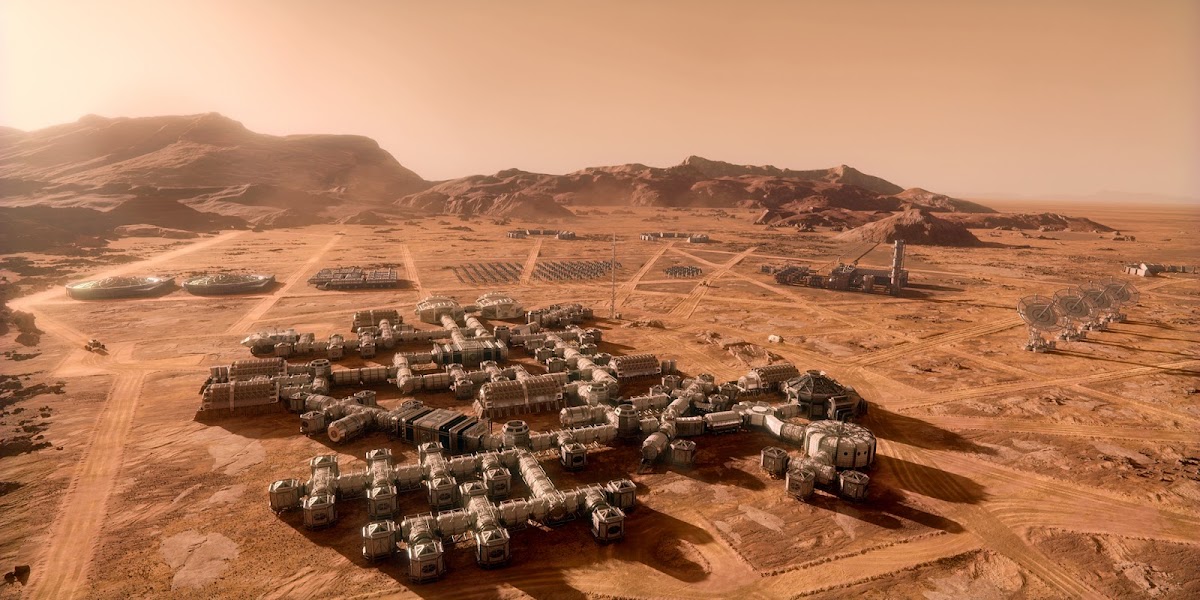
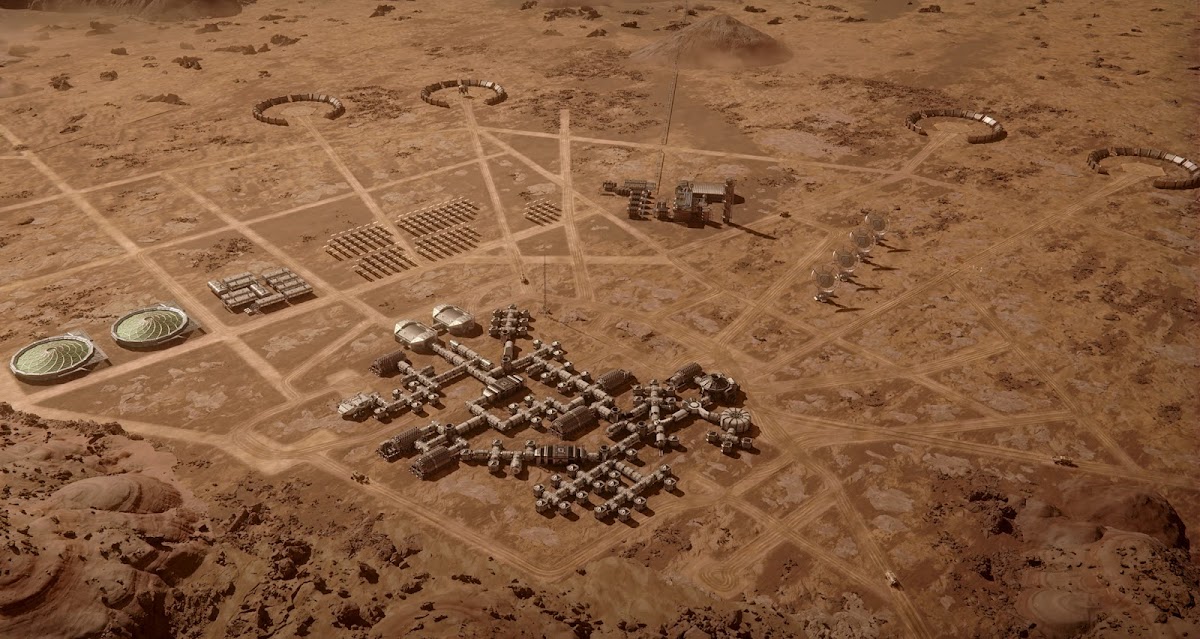

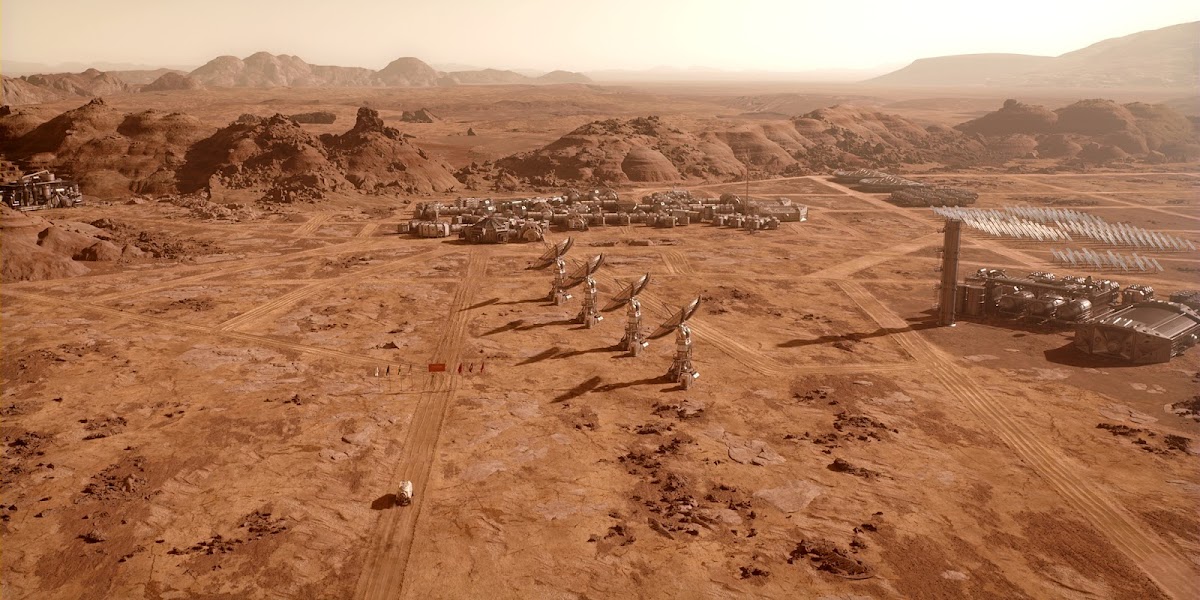

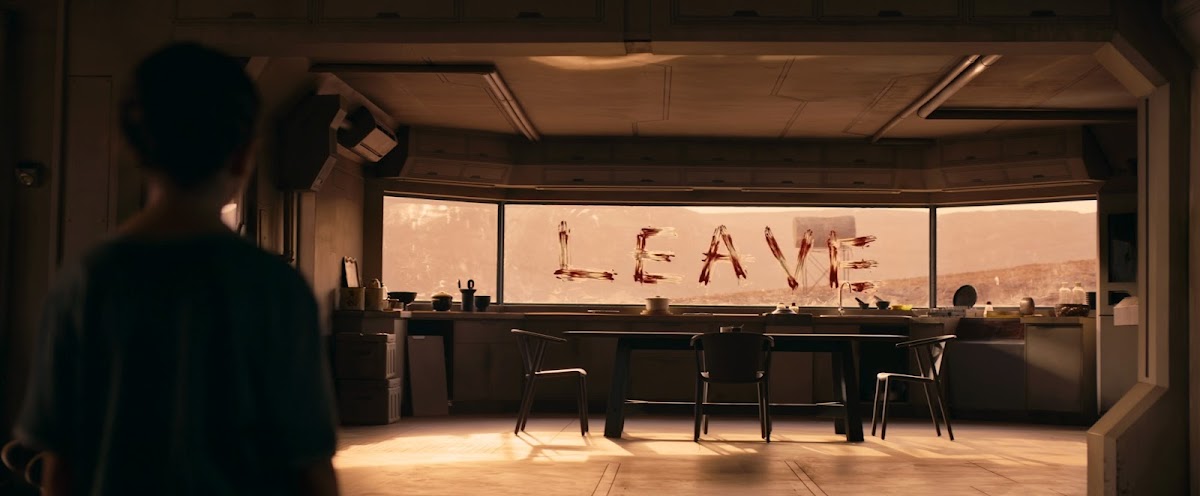

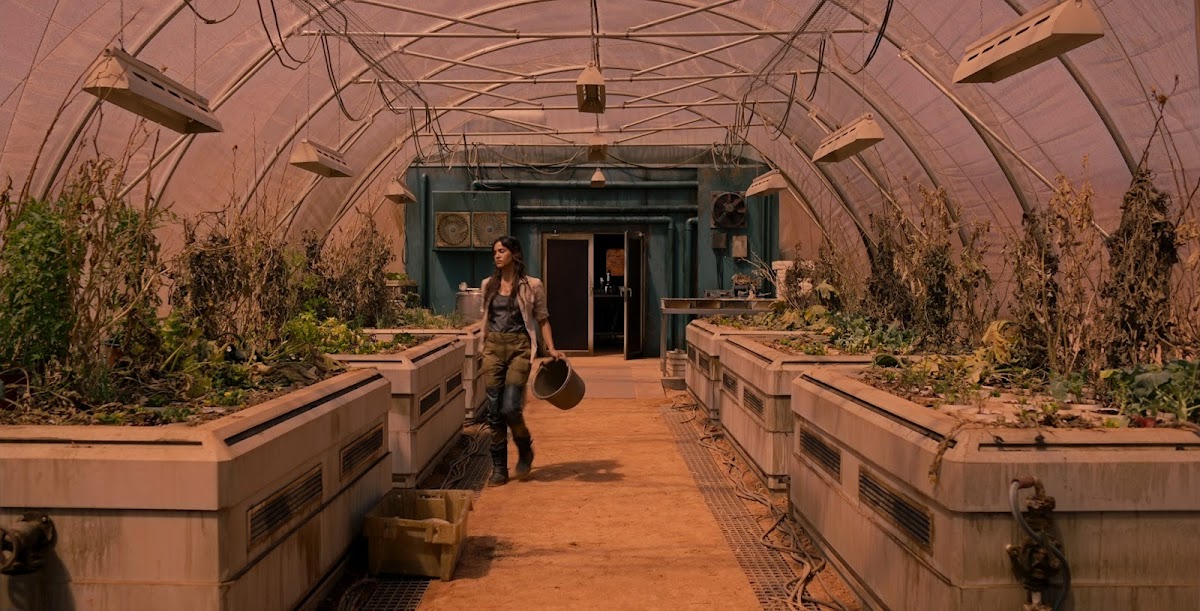






 Shane Powers (USA) & Linjie Wang (China) have created a design of an artificial underground oasis in a Martian lava tube for
Shane Powers (USA) & Linjie Wang (China) have created a design of an artificial underground oasis in a Martian lava tube for 
